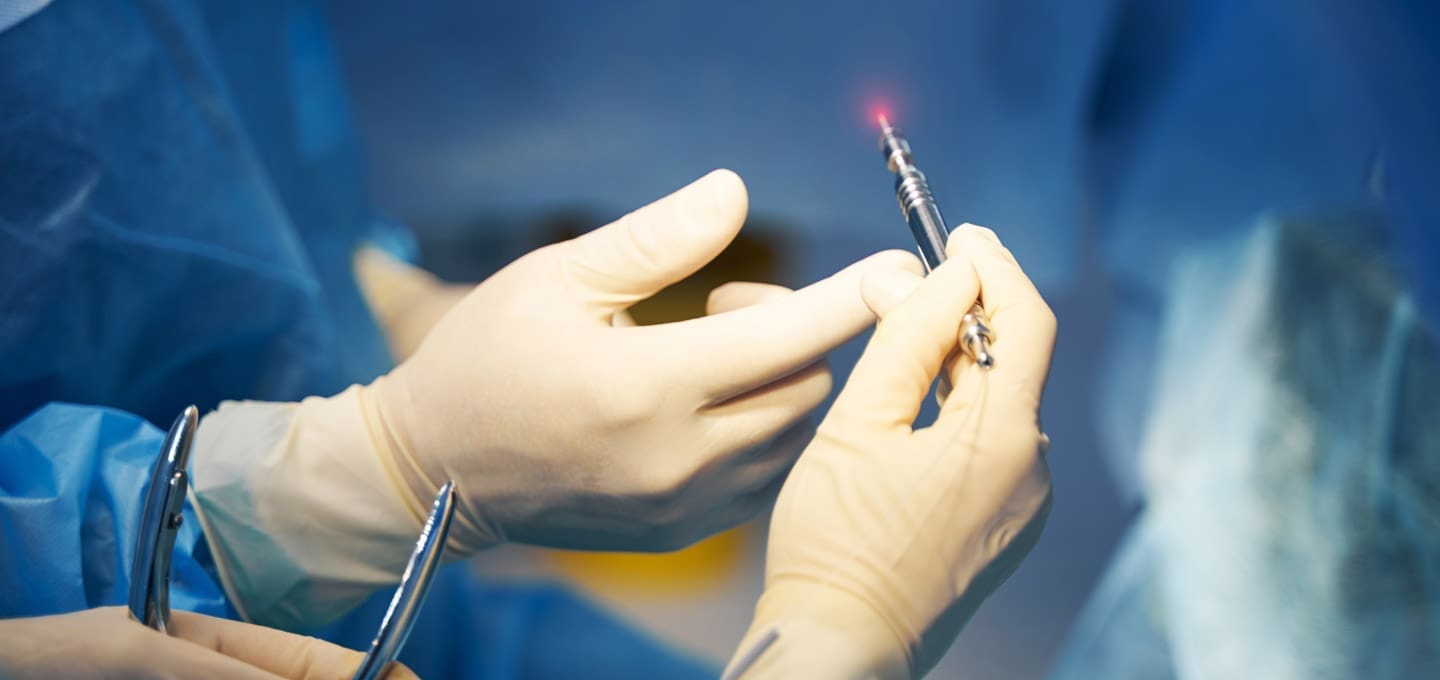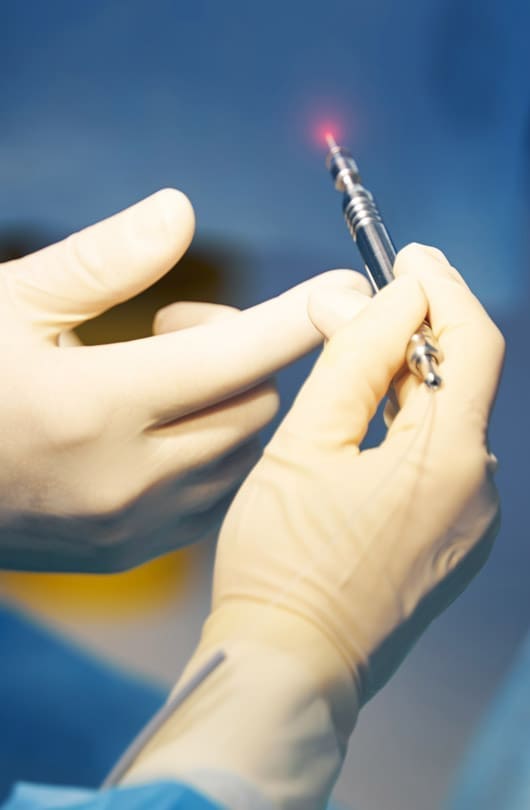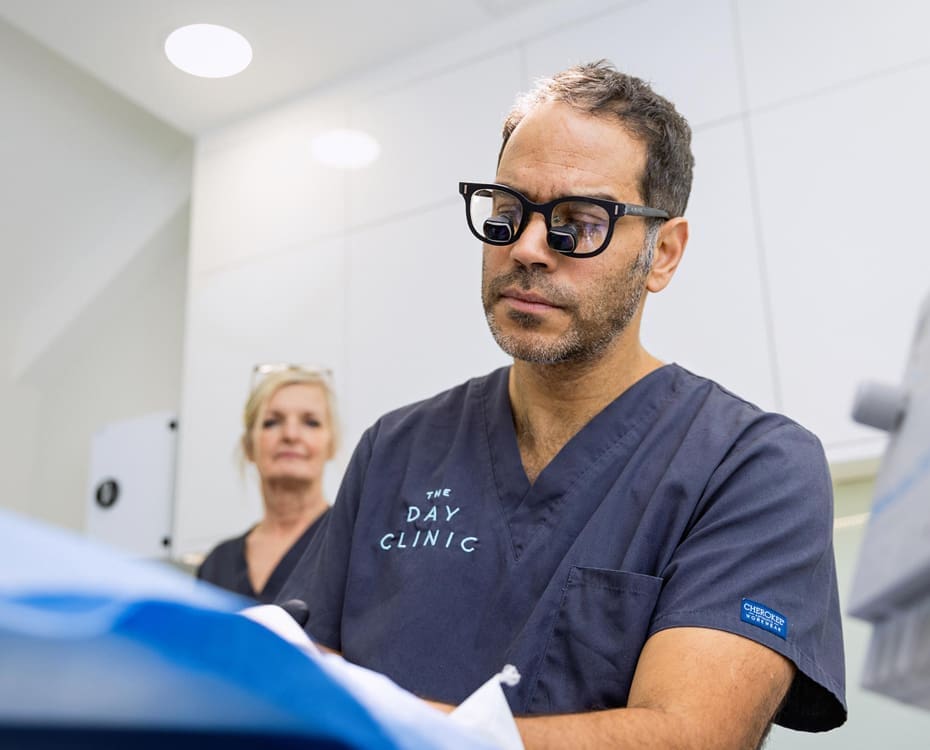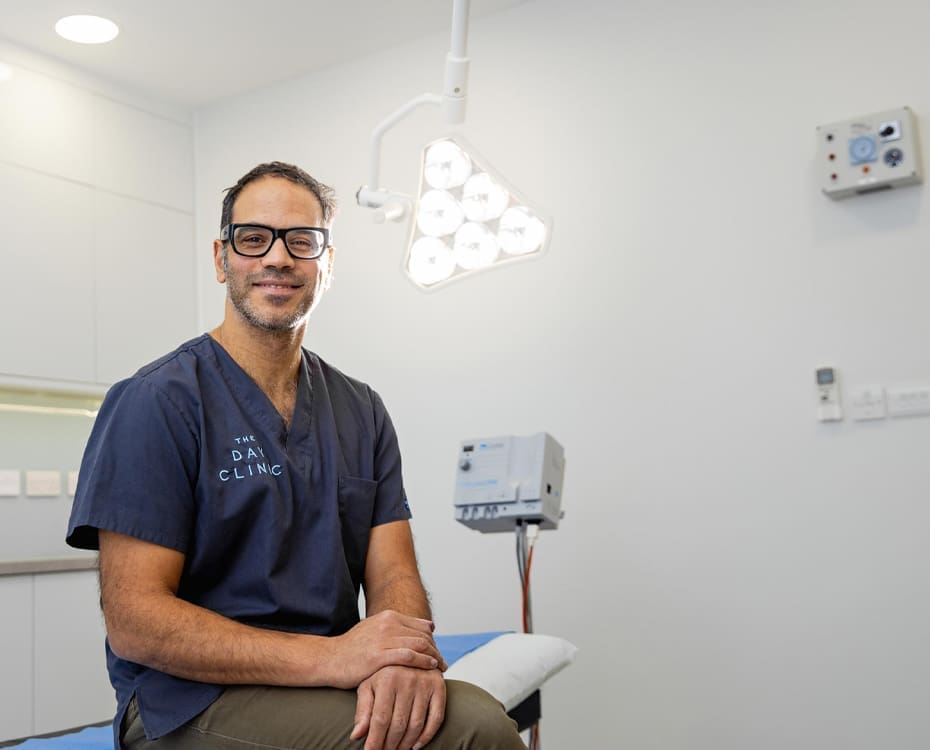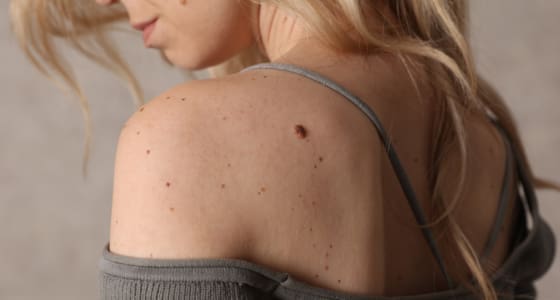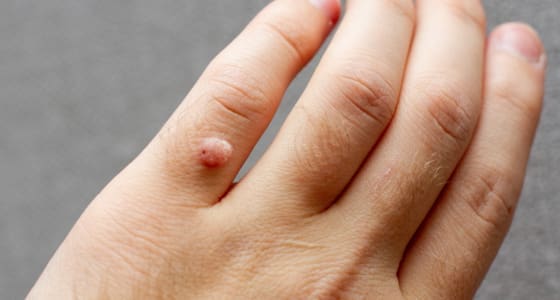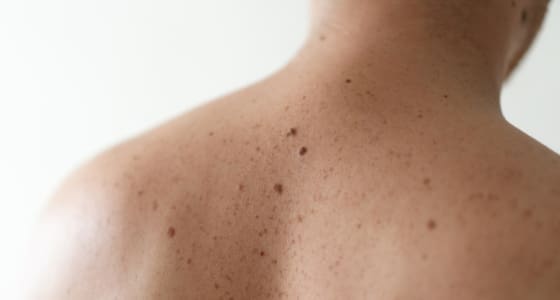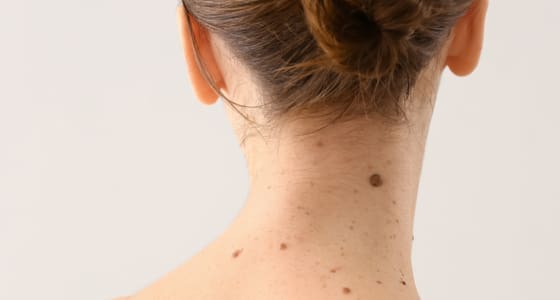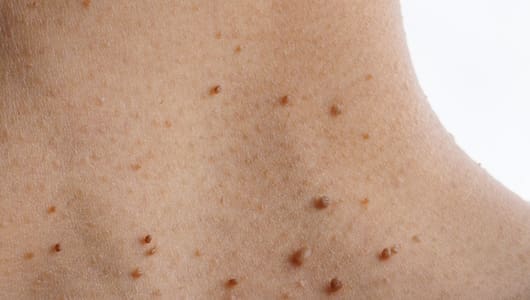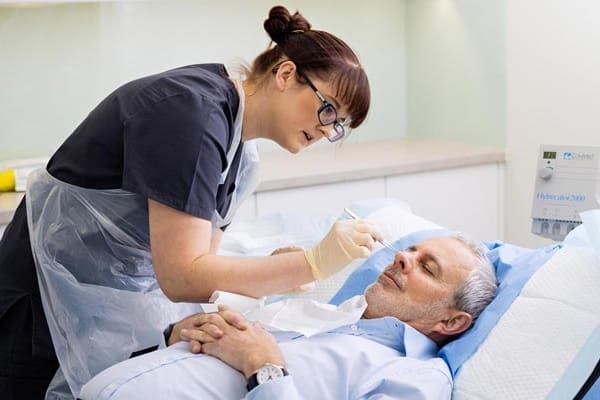Electrosurgery:
In electrosurgery (also known as ‘electrothermy’ or ‘electrocauterization’), a high-frequency, alternating electric current is passed through the skin using a diathermy machine to generate heat. The consultant carefully touches the diathermy machine to the skin lesion which heats up and destroys the tissue. The process may cause a slight burning or tingling sensation.
Curettage:
Curettage is a commonly used technique in dermatology due to its effectiveness and relatively low risk. This procedure involves scraping away the skin lesion a surgical instrument called a ‘curette’. The area is then cauterised using an electric needle to seal small blood vessels and to destroy any remaining cells. This technique is frequently used for superficial moles that are only attached to the very surface of the skin.
